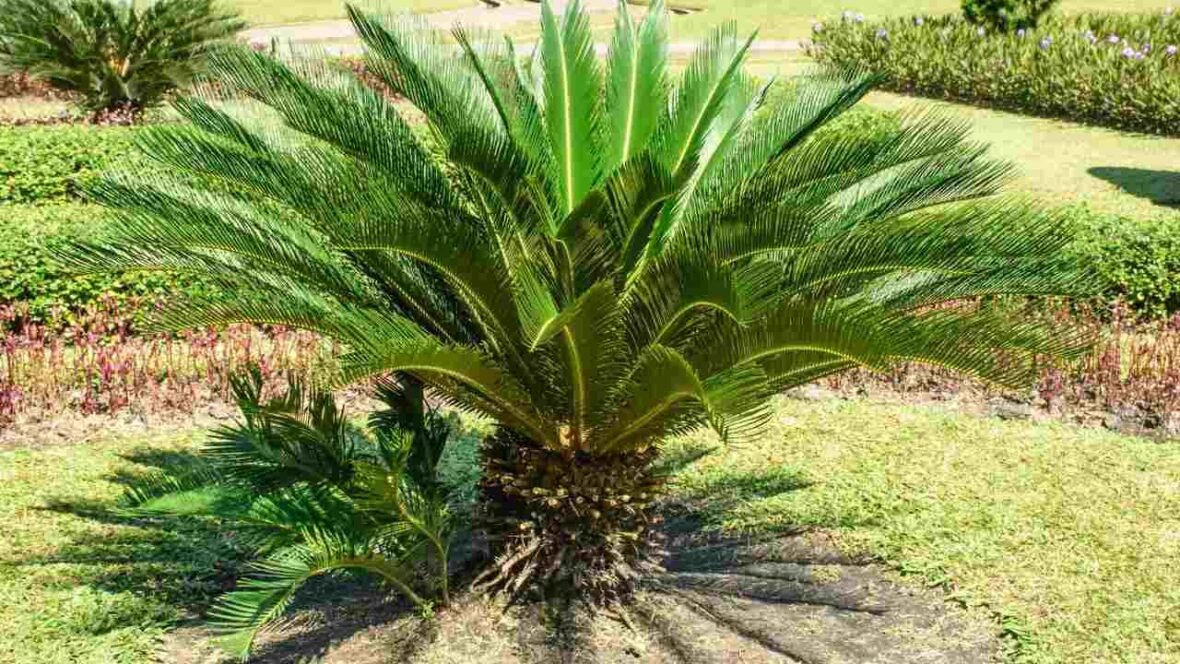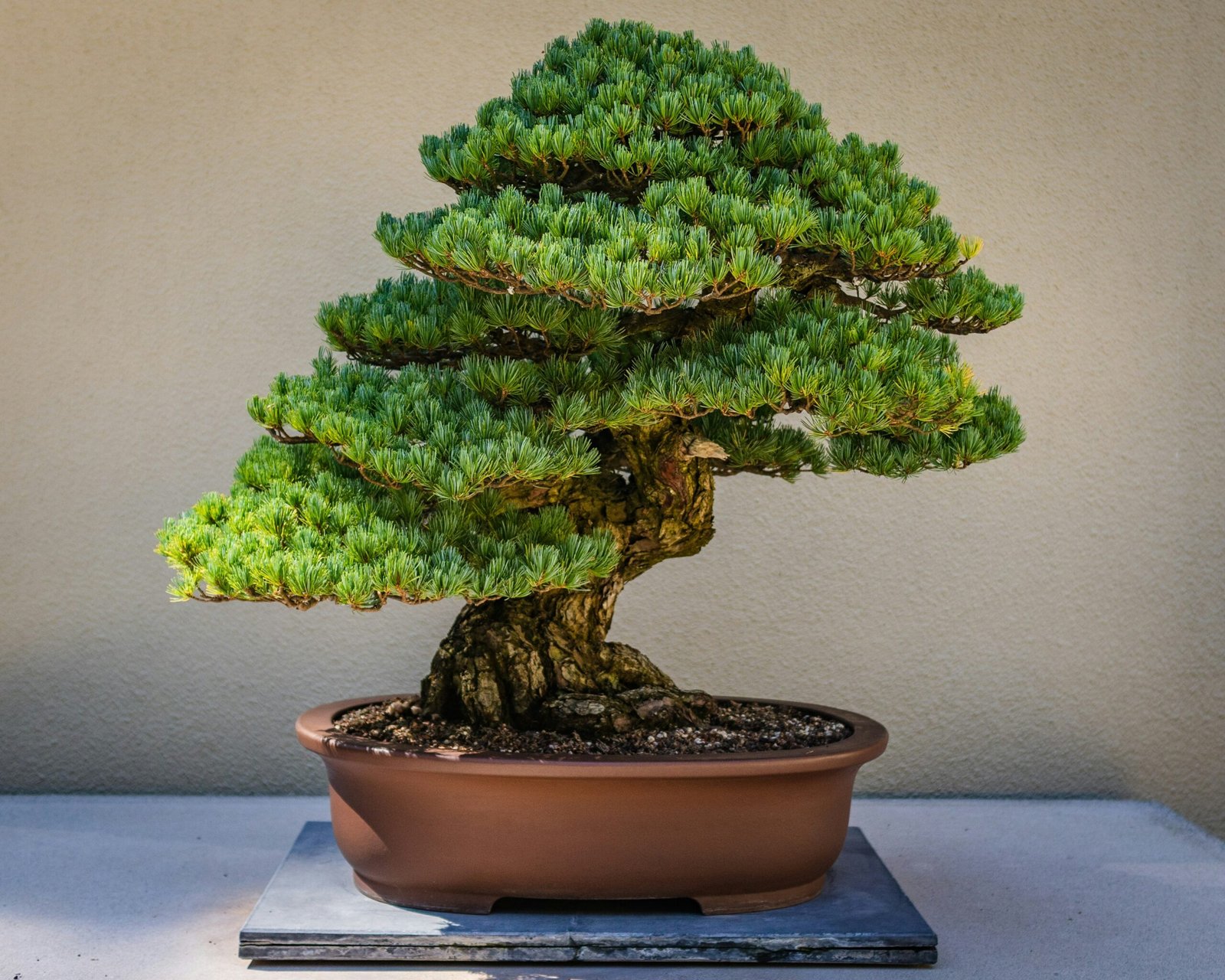A tropical atmosphere may be created in small area simply by adding a few palm palms, which bring both beauty and drama to the space. Find out how to choose the most suitable miniature palm trees.

Few plants match the tropical charm of small palm trees for tiny outdoor areas. The bigger, taller palm tree species are exceptional for marking larger landscapes or making amazing skyline lines, but they are generally huge for average home gardening. Fortunately, smaller palm species can work well in any suitable environment, giving beauty, shade, and a bit of the tropics.
Short palm trees are not bonsai-small. Rather, normal small palm trees might grow to between 6 and 20 feet (1.8 to 6 m) tall, a great size for an average garden. Read on for information on how to pick “mini” palm trees that will work well in your yard.
Choosing a Small Palm Tree for Your Space
When picking a small or dwarf palm you will want to consider a variety of factors. The first is the appropriateness of the spot. Before falling in love with a beautiful baby palm tree, consider your temperature and hardiness zone. Knowing the hardiness zone for your neighborhood and choosing a tree hardy to that zone means less worry about winter damage.
Other important factors include the length of winter, the maximum temperature in the daytime, the sun exposure the spot offers, and the amount of wind the plant may face there. Most palms, big and small, enjoy a location with warm temperatures, light, and moist tropical air.
Another essential aspect is the mature height and spread of the tree. When picking a location, make careful to look above as well as from side to side. For example, never put a palm beneath a relatively low electrical cable.
Finally, evaluate how much time and energy you have for upkeep of the tree. All palms need some maintenance, including watering and trimming. But slower-growing tiny palms tend to need less than fast-growing species.
SMALL PALM TREE FEATURES
Height is not the primary differentiating attribute of palm species. Another aspect to bear in mind is leaf shape. Some palm trees have pinnate leaves that are formed like bird feathers. These are nicknamed “feather palms.” Others have leaves in a palmate shape and are dubbed “fan palms.” Both may be wonderful, but if you have one in mind, make sure that the dwarf palms you purchase have that leaf shape.
Another distinction in palm species affects the form of the tree. Tall palms all have a single trunk topped by the leaves, and some little palms do as well. These resemble trees and are the species generally referred to as “trees.” But there are dwarf palms that grow low to the ground with a lot of trunks. These look like bushes and are called bush palms.
Small Types of Palm Trees
f you have determined that a tiny palm is just what your landscape demands and you reside in a somewhat moderate environment, you will discover numerous alternatives to select. Here are a few common possibilities.
The dwarf date palm (Phoenix roebelenii) is a tree type that grows to around 6 feet (1.8 m) tall and 5 feet (1.5 m) wide and has fine leaves forming in fans. This lovely plant grows slowly and needs shelter from scorching afternoon heat and winter cold gusts. The edible fruits are purple drupes.
This palm, like many others, demands wet well-drained soil. If grown in a container, bear in mind that it likes to be somewhat root-bound. It thrives outdoors in USDA zones 10 through 11.
Dwarf palmetto is a tiny kind of bush palm that remains at 10 feet (3 m) or less in height. It is hardy in USDA zones 7 – 10 but may require winter protection in colder winters. A slow-growing palm with fan leaves, dwarf palmetto delivers fragrant flowers in June. These attract bees and mature into luscious berries that offer nurturing to animals. This is one dwarf palm that may endure poorly drained soils.
Windmill palm (Trachycarpus fortunei) is a wonderful little palm for residential gardens. It grows to between 10 and 15 feet (3 and 4.5 m) tall with short, rigid fronds that resemble something like a windmill. Its trunk is distinctive in that it is coated with hairy fibers. Grow this little palm tree in partial light in the South and full sun in the North.
Some palms are native to the United States. Needle palm (Rhapidophyllum hysterix) is one of them. It is a shrub palm with palmate leaves that grows slowly to 6 feet (1.8 m) tall and 8 feet (2.5 m) broad. Its robust trunk supports the enormous, glossy, palmate leaves spanning up to 30 inches (76.2 cm) broad. Leaf segments are arranged like a fan, while the needle-like spring up to 6 inches (15 cm) long and develop around the base of the palm.
In the summer, clusters of yellow flowers develop in the leaf sheaths. They mature into crimson drupes in October. It is hardy in USDA zones 6b – 10b.




